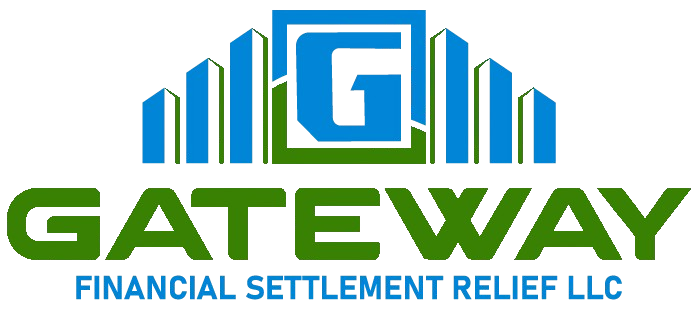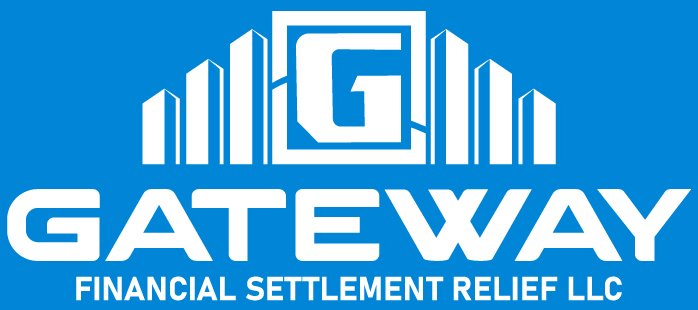How to Eliminate $30,000 Credit Card Debt: A Comprehensive Guide
Understanding Credit Card Debt Credit card debt refers to the outstanding balances that individuals owe to credit card companies, often accrued through a cycle of borrowing for consumer purchases. This

